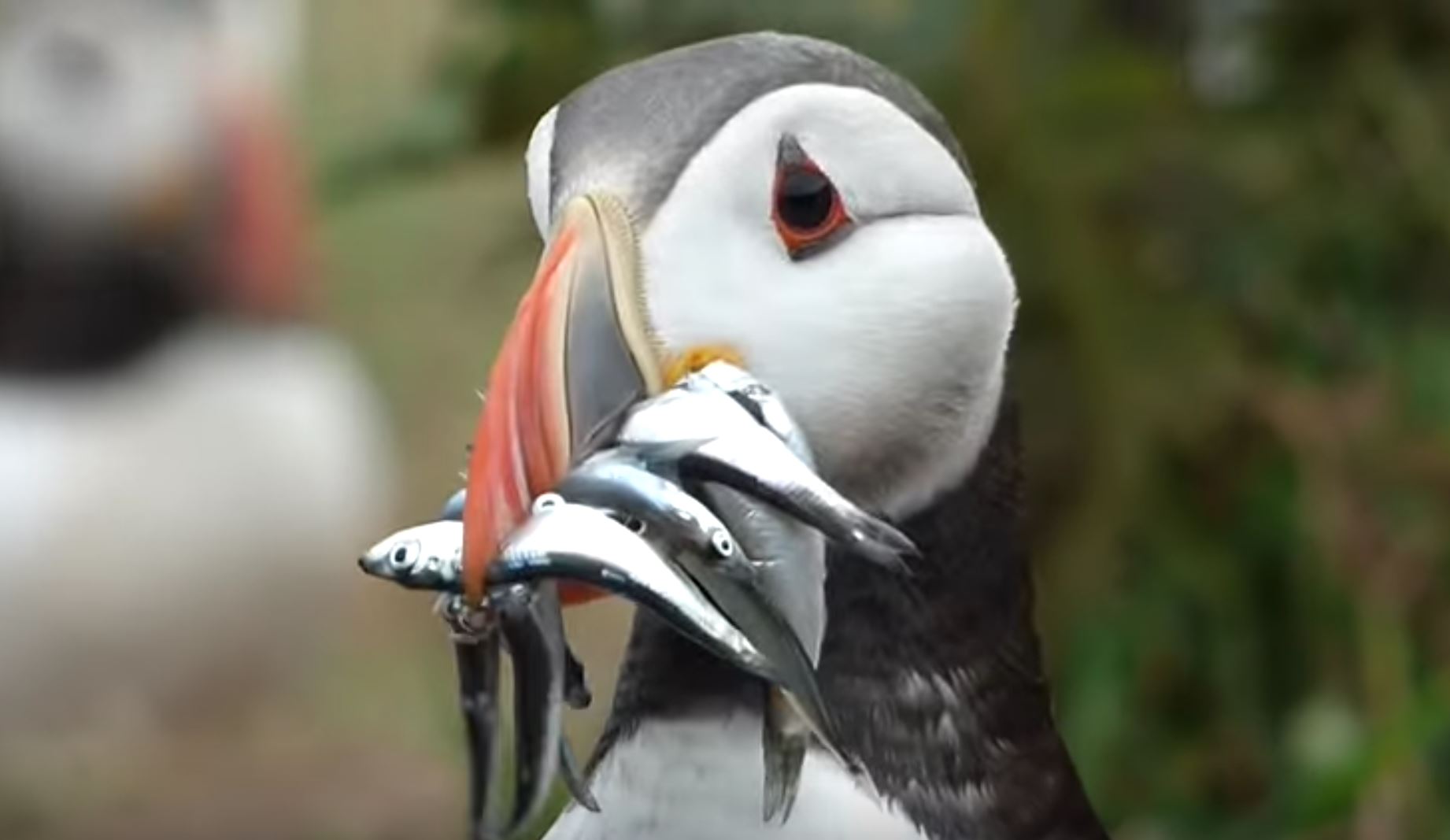Polar bears long served as a poster child for global warming alarmists – until an ever-growing body of scientific evidence showed polar bear numbers have been increasing rather than decreasing during recent decades. Based on a rash of stories appearing in the media in late May, alarmists appear to be responding by substituting cute Arctic puffin birds into the poster-child slot of polar bears. The scientific evidence for a puffin climate crisis, however, appears about as weak as it was for polar bears.
During a four-month window from October 2016 through January 2017, an unusually large number of Arctic bird carcasses – primarily puffins – were found on St. Paul Island in the Bering Sea. Analysis of the carcasses showed most of the birds were emaciated and had likely died of hunger. Curiously, no such die-off occurred on the neighboring St. George Island.
Writing about the short-term mortality event in the journal PLOS ONE, scientists noted that short-term changes in atmospheric circulation patterns can cause a disruption in plankton and foraging fish distribution patterns. Such an event would deprive puffins of food. Similarly, “the onset of winter storms would have likely increased energetic requirements and potentially prevented birds from foraging, exacerbating conditions, especially if prey quantity/quality was limiting,” the authors noted.
Nevertheless, the authors speculated that global warming may have caused changes in ocean temperature that may have driven plankton and foraging fish too far north for St. Paul Island birds. Yet, as noted above, the starvation event was short-term in duration and curiously impacted one Bering Sea island while not impacting its close neighboring island. Oh, and another pesky detail the authors neglected to mention – St. Paul Island is approximately 40 miles due north of St. George Island. So, being 40 miles south of St. Paul Island, birds on St. George Island would likely be negatively affected to a greater degree if plankton and foraging fish had been chased north by warm ocean temperatures. Yet the brief die-off occurred on St. Paul Island rather than St. George Island.
The very speculative nature of the asserted global warming connection, along with the inconvenient facts casting doubt on such speculation, did not prevent the media from reporting on the asserted connection. Worse yet, some reported on the dubious speculation as though it were fact. For example, a May 29 New Scientist article was titled, “Hundreds of puffins are starving to death due to climate change.” Rather than Arctic puffins being a poster child for climate crisis, the Arctic puffin incident is a poster child for dubious alarmist speculation reported as fact, with anybody who presents science contradicting the speculation being demonized as denialists.
Keep an eye out for puffins as a new poster child for global warming, and keep the truth handy for rebuttal.
